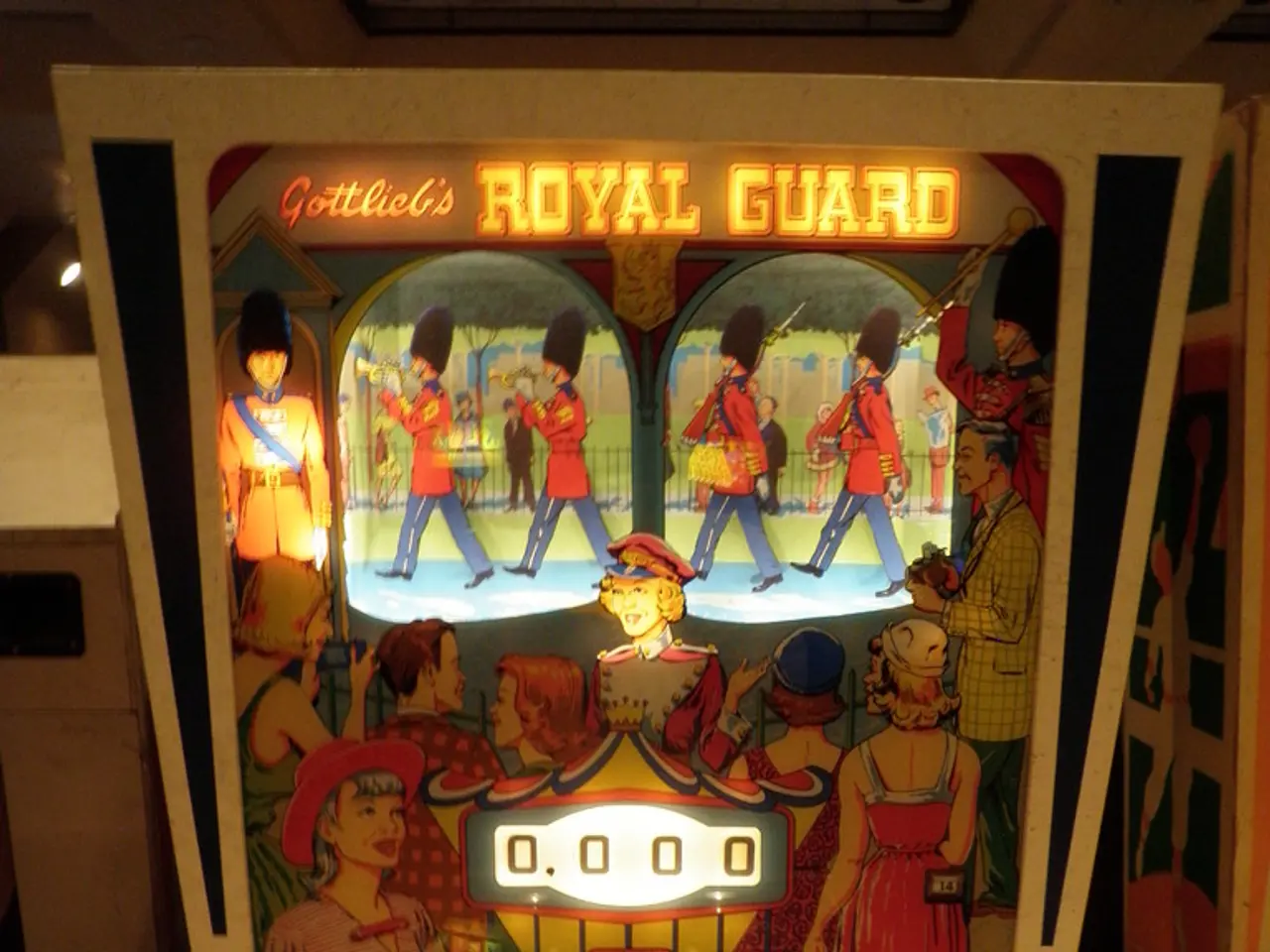"Discover the Process of Developing Captivating Metaverse Scenes Utilizing Unity 3D"
In the rapidly expanding digital frontier of the metaverse, Unity 3D stands as the premier real-time 3D development platform for crafting immersive, interactive virtual worlds.
The metaverse, a focus on persistent, interactive virtual worlds, is made possible through advanced technologies such as Procedural Content Generation (PCG), which generates vast and varied environments, objects, or entire worlds programmatically. Unity's Terrain system supports some procedural generation, with custom PCG algorithms being implementable using C scripts to generate meshes, place objects, or sculpt terrain based on noise functions or other rules.
Unity's cross-platform compatibility enables the building of experiences that can run on various devices, including VR headsets, AR devices, PCs, consoles, and mobile phones. Real-time capabilities are fundamental for the immersive and responsive nature of metaverse experiences.
Extended Reality (XR), an umbrella term encompassing VR, AR, and Mixed Reality (MR), offers a wide range of possibilities for metaverse experiences. Unity projects can interact with blockchain networks via Web3 SDKs, allowing connection of user crypto wallets, display of NFTs, and facilitation of transactions directly within the metaverse experience.
AI can power intelligent virtual inhabitants that can interact with users, offer quests, provide data, or simply populate the world to make it feel more alive. AI can also assess user behavior and adapt the environment or experience dynamically to provide a personalized journey.
To turn a single user experience into a shared metaverse, Unity Netcode for GameObjects (or a similar solution) would be integrated. This enables real-time multi-user communication and interaction, enhancing social presence and productive collaboration within the metaverse.
The deployment of a Unity experience is discussed, with Unity's Build Settings allowing selection of the target platform (PC, Mac & Linux Standalone, Android, iOS, WebGL). The best practices for developing metaverse experiences with Unity 3D focus on creating immersive, performant, and user-friendly virtual environments.
Key practices include integrating professional 3D modeling tools, thoughtful level and environment design, core Unity development concepts, performance optimization, supporting multi-user collaboration, leveraging large-scale data integration, using advanced interaction techniques, incorporating user behavior analytics, implementing navigational aids and NPC agents, and decentralization.
Decentralization aims to distribute control and ownership across a network rather than a single entity, promoting user autonomy and digital rights within the metaverse. The "PushButton" and the object whose color changes would need components, with NetworkedObject (for the color) and NetworkedTransform (to change it on all clients) being used.
Ethical considerations in building metaverse experiences include safety and moderation, privacy, digital well-being, accessibility, and incorporating robust reporting tools, moderation features, and clear community guidelines from the outset. A massive global community, extensive documentation, tutorials, and forums offer help and inspiration for creators learning to develop metaverse experiences with Unity 3D.
In conclusion, Unity 3D offers a powerful platform for creating unique and engaging metaverse experiences. By focusing on user interaction, a sense of belonging, and the practices outlined above, students can create their own immersive virtual worlds, pushing the boundaries of what is possible in the metaverse.
[1] Unity 3D Best Practices for Metaverse Development [2] Building Scalable and Collaborative Metaverse Experiences with Unity 3D [3] Optimizing Performance for VR/AR Metaverse Experiences with Unity 3D [4] Incorporating Advanced Interaction Techniques in Metaverse Experiences with Unity 3D [5] Implementing Navigational Aids and NPC Agents in Metaverse Experiences with Unity 3D
[1] With Unity 3D's advanced technology, it becomes possible to create intelligent virtual inhabitants using artificial intelligence, making the metaverse more lively and interactive.
[2] Artificial intelligence can be utilized to assess user behavior in the metaverse, dynamically adapting the environment or experience to provide a personalized journey for each user.




